For years, There have been comic book stories of superheroes that represent the power of the Sun. From Superman to Wolverine, there have been secret messages of the Sun that was put in our new mythology called comic books.
In school we were taught that Hercules is real literature and comic books were not real literature. However, comic books were created with the same format as all the world mythologies that used to be religion for the ancient people listening to the myths. Hercules was taken from the name Heracles from Greek Mythology. The Romans learned Astrology from the Greeks. One of the Astrological symbols is the symbol of the Lion of the sign of Leo. Leo is ruled by the Sun. In Roman Mythology, Hercules fought a lion as the first of his twelve Labors. There are twelves signs in the Zodiac. In Astrology, the Lion represents the Sun. This story represent Hercules’ master over the Sun. Before Hercules could master the other labors, he had to master the lion who represent the Sun. In Science class, we were taught that all of the planets revolve around the Sun. With this, the Sun is the most important of the Universe.
Superman has super strength just like Hercules. Superman had a father who was not from the Earth just like Hercules and Jesus. Superman gets his strength from the Sun. Sometimes the Sun is Red when it sets. Sometimes the Sun is yellow. The letter S on Superman’s chest is the color red with a yellow background. The Symbolism is evident of you do enough research for Sun Gazing on YouTube.com.
Wolverine has super senses just like Superman. Wolverine heals, so he is almost almost bulletproof just like Superman. In The Bible, Jesus is described as the light of the world. In religious art, Jesus is depicted as having a halo around his head that looks like the Sun. Jesus also healed the sick. The healing symbolism is similar to Wolverine and Superman. Jesus was Jewish. The people who created Superman were Jewish. In the original comic book Wolverine wears a yellow suit. The Sun is yellow. Also, Wolverine never gets old, like the Sun. Wolverine has been around for a long time, like the Sun. His emotion are neutral. The Sun is a neutral energy. The Sun is the middle point of the Universe. The school system, comic books, and ancient mythology told us separate pieces of the story of the Sun.
When you look at comic books, see if you can find Sun Symbolism in the stories.
Sources
Mondo Kirby – Jack Kirby interview, 14 August 1992
Nurebelent on YouTube.com
Master of Earth on YouTube.com
Royal Bloodline on YouTube.com
The Metaphysics of Christ Consciousness
The Metaphysics of Christ consciousness pt 2: who was Yashua
The Metaphysics of Christ Consciousness pt 3
http://www.supermanhomepage.com/
https://en.wikipedia.org/wiki/Superman


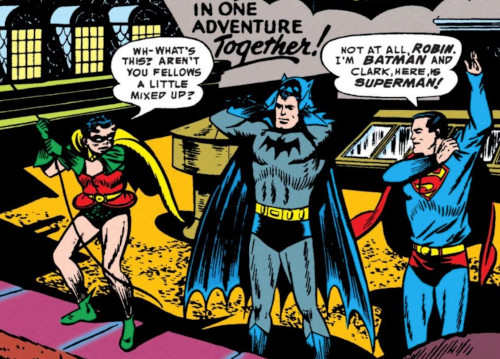
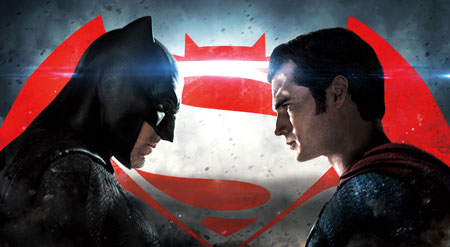

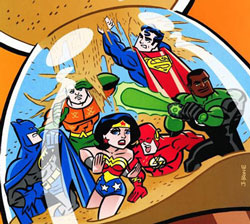


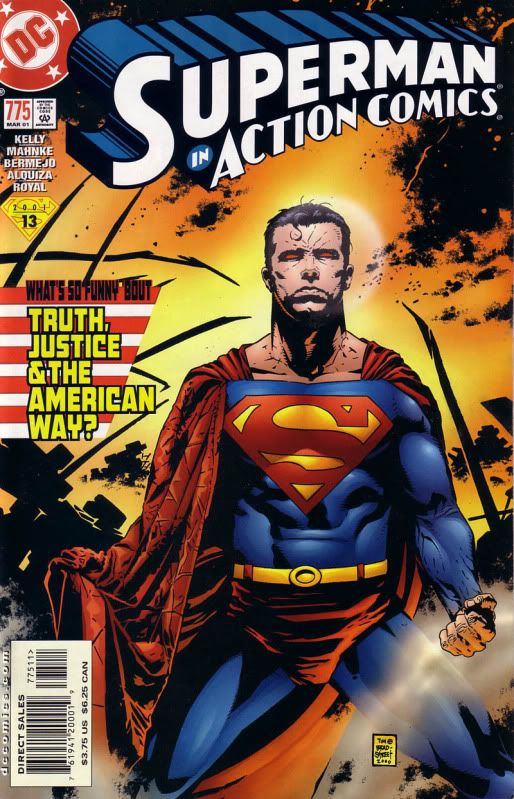
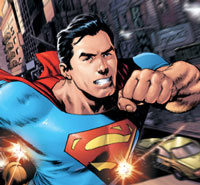 If you’ve paid two seconds of attention to American comics recently, you probably know that DC “soft rebooted” its entire line, shipping fifty-two #1 issues last September. Since hyping the latest DC/Marvel news is not really our thing, we’ve been leaving that to other podcasts. But since Marvel zombie Tim, of his own free will, decided to pick up Grant Morrison’s Action Comics, and Kumar is a sometime Superman reader, we decided to present here our take on the first four issues.
If you’ve paid two seconds of attention to American comics recently, you probably know that DC “soft rebooted” its entire line, shipping fifty-two #1 issues last September. Since hyping the latest DC/Marvel news is not really our thing, we’ve been leaving that to other podcasts. But since Marvel zombie Tim, of his own free will, decided to pick up Grant Morrison’s Action Comics, and Kumar is a sometime Superman reader, we decided to present here our take on the first four issues.